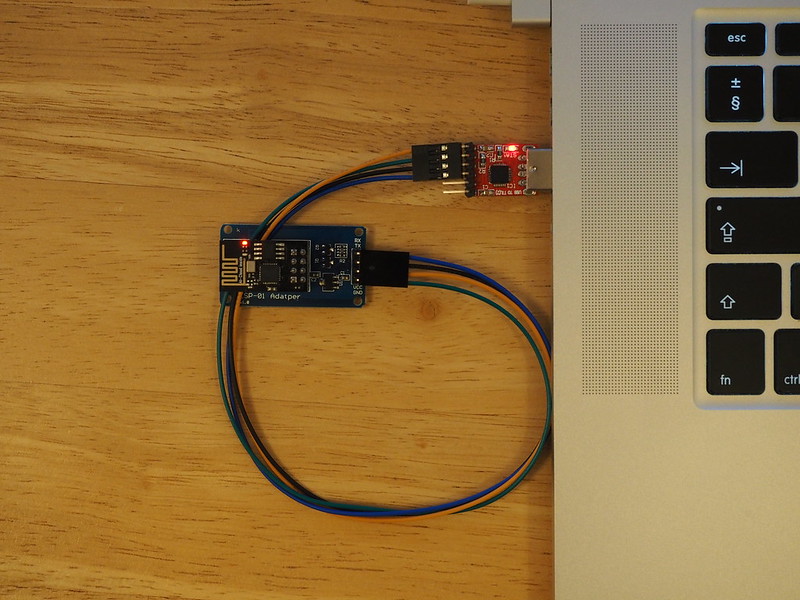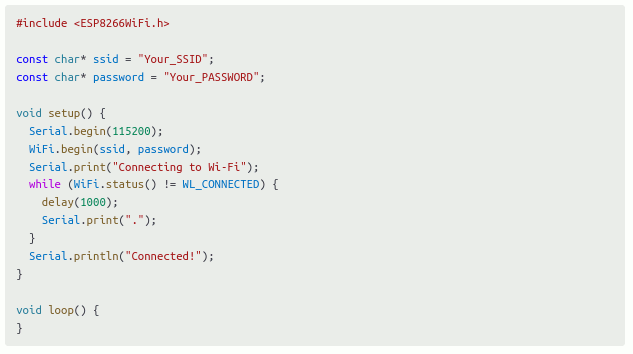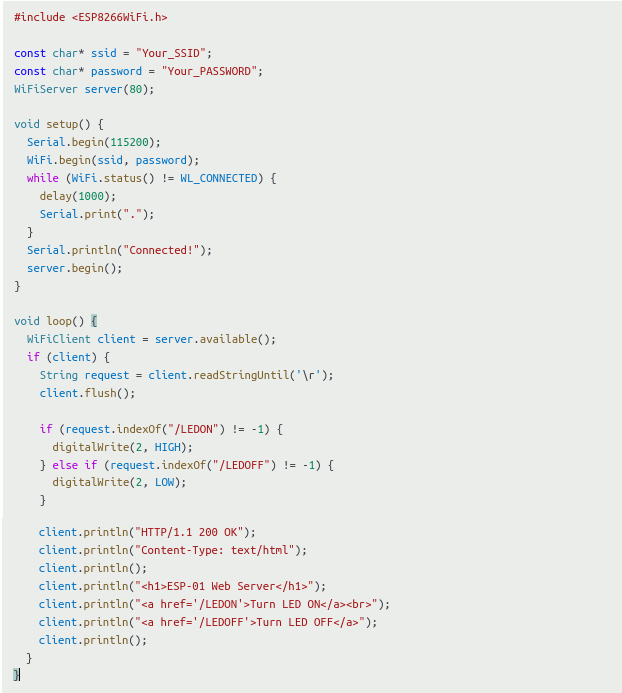ESP-01: A Compact ESP8266 Module for IoT Applications
The ESP-01 is one of the most compact and widely used modules based on the ESP8266 Wi-Fi microcontroller, measuring just 14.3mm x 24.8mm. Originally designed as a Wi-Fi adapter for other microcontrollers like Arduino, it has evolved into a powerful standalone microcontroller for Internet of Things (IoT) applications. With a 32-bit Tensilica L106 processor running at 80MHz (overclockable to 160MHz), the ESP-01 delivers impressive processing power for its size. It includes 1MB (or 512KB in older versions) of flash memory, allowing for various firmware updates and applications.

Image : Dmitry Djouce - CC BY 2.0
Despite having only two GPIO pins (GPIO0 and GPIO2), the module supports PWM, I2C, SPI, and UART communication, making it versatile for wireless sensor networks, smart home automation, and industrial IoT. The 802.11 b/g/n Wi-Fi module enables data transmission rates of up to 72.2 Mbps with a range of approximately 50 meters indoors. Operating at 3.3V, it consumes around 70mA in idle mode and up to 250mA during data transmission.
Features and specifications
The ESP-01 module is built around the ESP8266EX chip and provides essential features for IoT projects:
-
Microcontroller: ESP8266EX
-
Wi-Fi: 802.11 b/g/n
-
Flash Memory: 1MB or 512KB (depending on the version)
-
GPIO Pins: 2 (GPIO0, GPIO2)
-
Operating Voltage: 3.3V
-
Power Consumption: ~70mA (idle), up to 250mA (active transmission)
-
Baud Rate: Default 115200 (configurable)
-
Communication Interface: UART (TX/RX)
-
Dimensions: 14.3mm x 24.8mm
Advantages of Using ESP-01
1. Compact and Low-Cost
The small size and affordable price make ESP-01 an excellent choice for compact IoT applications and embedded systems.
2. Wi-Fi Connectivity
With built-in Wi-Fi, the ESP-01 can connect to the internet, making it ideal for remote monitoring and smart home applications.
3. Standalone or Auxiliary Mode
ESP-01 can work as a standalone microcontroller or as a Wi-Fi module for other boards like Arduino and Raspberry Pi.
4. Low Power Consumption
While the ESP-01 consumes more power than some alternatives, it is still efficient for battery-powered IoT projects with optimized sleep modes.
Applications of ESP-01
-
Due to its features, the ESP-01 is widely used in various applications:
-
Smart Home Automation: Controlling appliances over Wi-Fi.
-
Wireless Sensors: Sending temperature, humidity, or other sensor data to cloud services.
-
IoT Data Logging: Logging environmental data remotely.
-
Remote Monitoring: Controlling devices from a web interface or mobile app.
-
DIY Robotics: Sending commands to robotic systems wirelessly.
Getting Started with ESP-01
1. Wiring the ESP-01 for Programming
The ESP-01 requires a USB-to-serial adapter (such as FTDI FT232RL or CP2102) to be programmed. Here’s a basic wiring setup:

Once connected, you can flash firmware using Arduino IDE or ESP8266 Flasher.
2. Blinking an LED with ESP-01
A simple program to blink an LED connected to GPIO2:

3. Connecting ESP-01 to Wi-Fi
This program connects the ESP-01 to a Wi-Fi network:

4. Setting Up a Simple Web Server
This code creates a basic web server to control an LED via a web page:

Conclusion
The ESP-01 is a powerful, low-cost, and compact Wi-Fi module, making it perfect for IoT applications. While it has limited GPIO pins, its built-in Wi-Fi and versatility make it a favorite among hobbyists and developers. Whether you need a simple wireless sensor or a complete smart home solution, the ESP-01 can get the job done with ease.